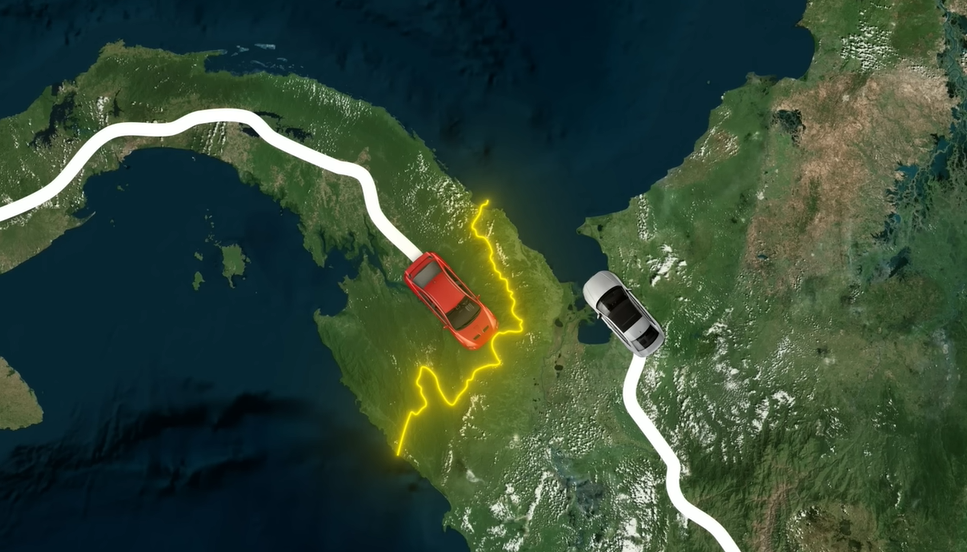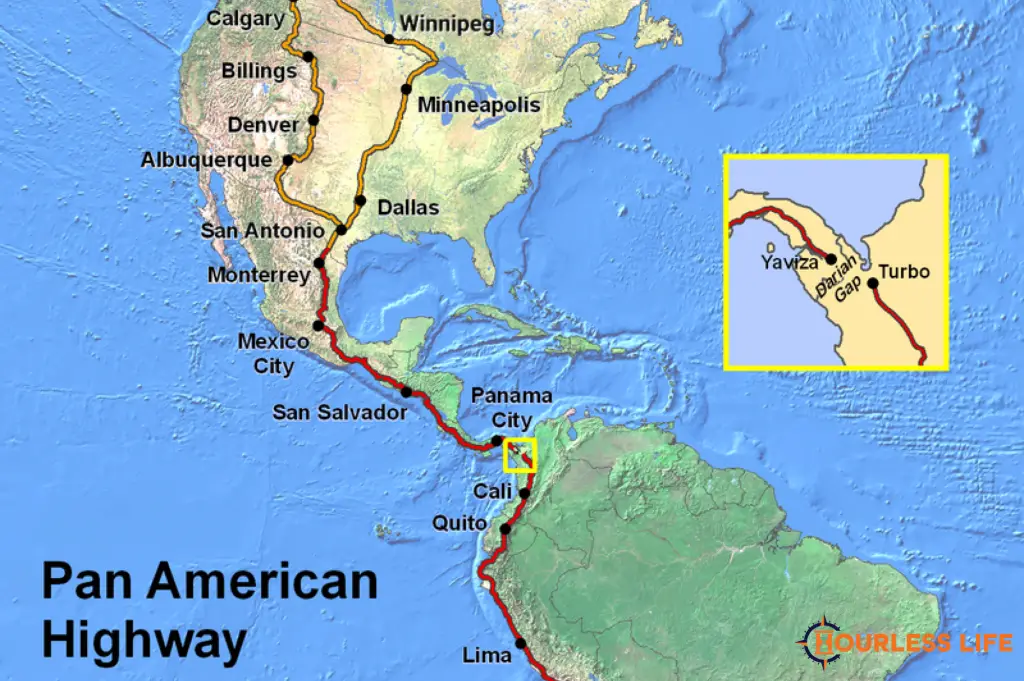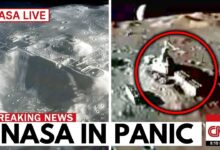This Is Why the Pan American Highway Was Never Completed

From the icy tundra of Prudhoe Bay, Alaska, to the frigid tip of Tierra del Fuego at the southern tip of South America, the Pan-American Highway spans two continents and is one of the world’s longest and most ambitious road routes. But the route is interrupted by a challenging area known as the “Darian Gap.” Located on the border of Colombia and Panama, the area stretches for about 60 miles (100 kilometers) and is known as a rugged, unpaved wilderness with no completed roads.
The Darian Gap is a combination of dense forests, swamps, mountains, and rivers, where the humid tropical climate allows for dense vegetation to grow, obscuring any paths. In addition, the area is rife with dangers from criminal gangs, drug traffickers, and armed militias, making it one of the most dangerous places in the world.
In addition to the security challenges, Darian Gap is home to indigenous communities such as the Kuna and Embera people, who live in isolation and rely on forest resources to sustain their cultures and traditional ways of life.

For decades, only a handful of expeditions have been able to cross the Darian Gap. These journeys often require off-road vehicles, boats, and sometimes helicopters to traverse the dangerous and impenetrable terrain. Although the idea of building a road through the area has been proposed many times since the mid-20th century, the project has always been delayed or canceled for a number of reasons.
First, the terrain of Darian Gap presents a huge engineering challenge. The area is subject to frequent heavy rains, causing landslides and flooding, and the soil is unstable, making the cost of building a highway so high that it is unfeasible.
In addition, environmentalists warn that building a road through the Darian Gap will have serious consequences for the ecosystem here. This is one of the world’s last areas of primary rainforest, home to many rare species of flora and fauna.
They are concerned that the road will stimulate deforestation, facilitate illegal logging activities and expand farming areas, threatening biodiversity. The forest also acts as a natural “shield”, preventing deforestation from South America from spreading to the north.

Another sensitive issue comes from the indigenous communities living in the area. The Kuna and Embera people, among many other ethnic groups, have expressed strong opposition to road construction projects because of concerns that it will destroy their habitat and negatively affect their traditional cultures.
They believe that maintaining the isolation of Darian Gap is the best way to protect their communities and way of life from the encroachment of modernization.
Security is also a major barrier. Darian Gap has long been a haven for organized crime and drug and human trafficking. With no government presence, the area is not safe for any construction projects. Developing infrastructure in Darian Gap would require a comprehensive security strategy, something that neither Panama nor Colombia have been able to provide.
Despite many efforts to connect North and South America through this area, Darian Gap remains primitive and challenging. Most people and goods moving between the two continents must travel by sea or air. Some proposals, such as building a railway or reviving ferry routes, have been put forward, but none have been feasible enough to be implemented. Darian Gap is not only a geographical challenge, but also a symbol of the conflict between modern development, nature conservation and the rights of indigenous communities.








